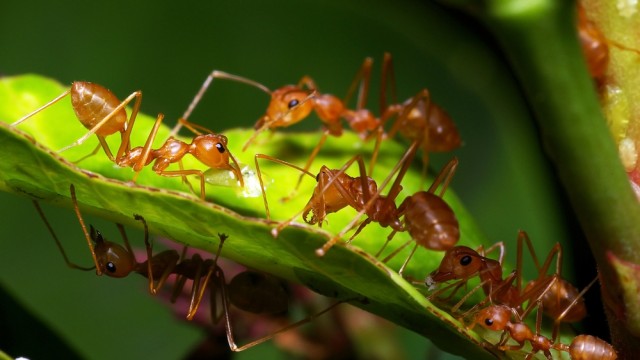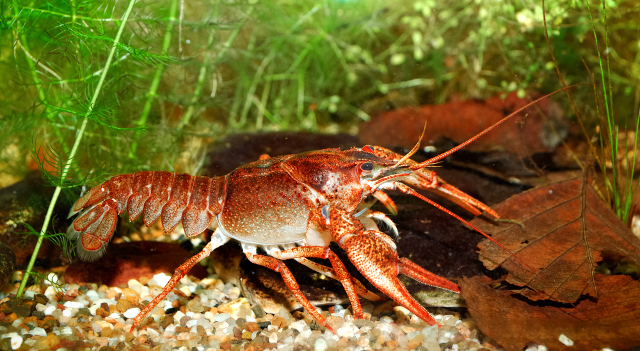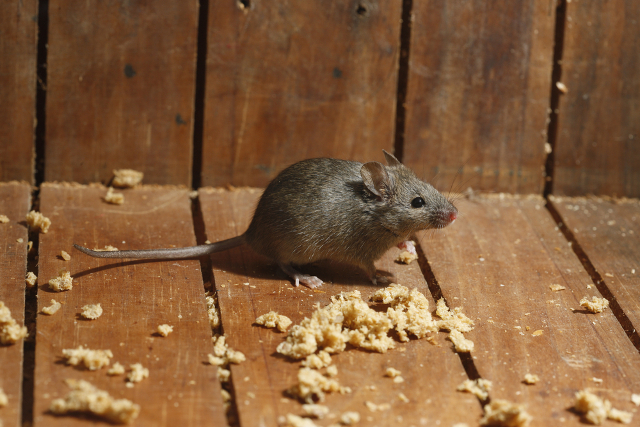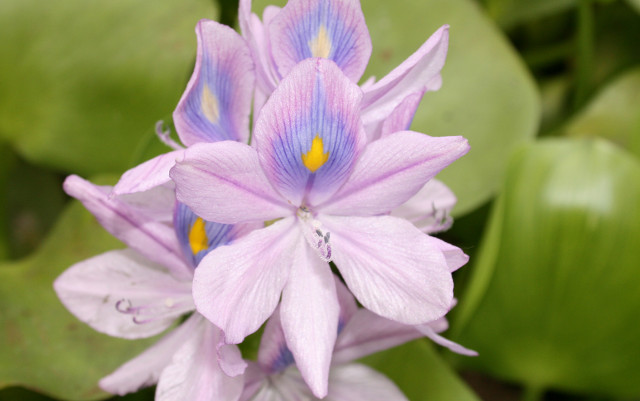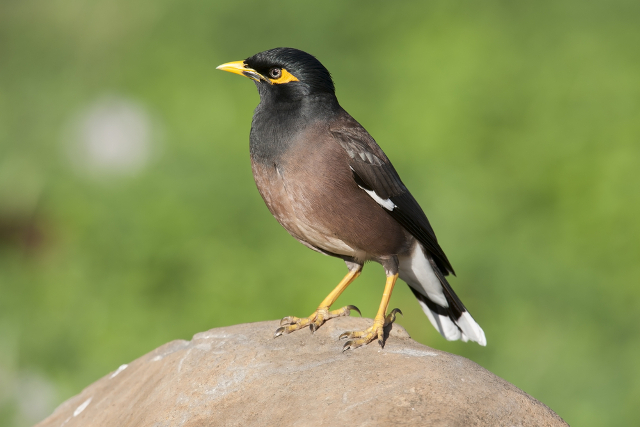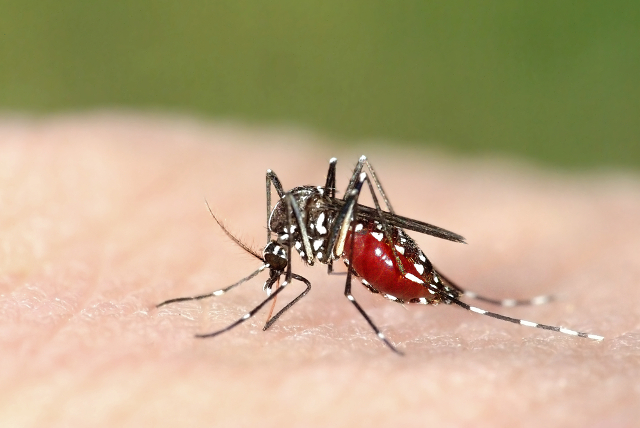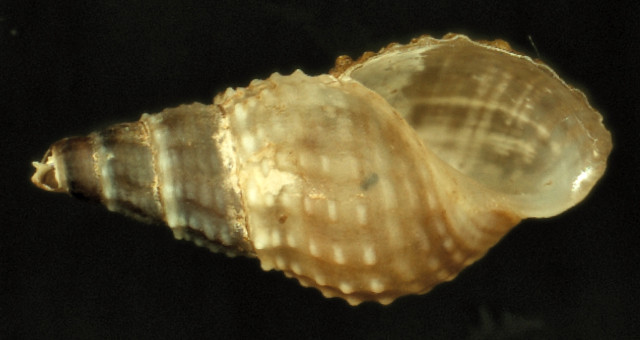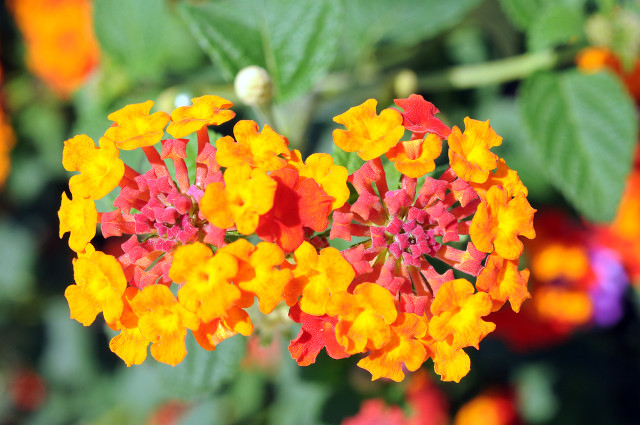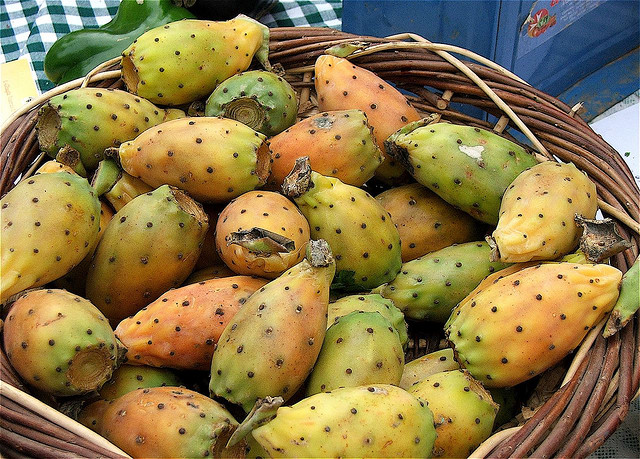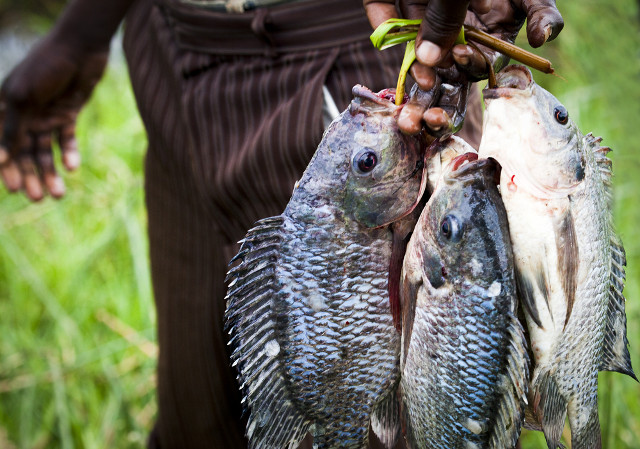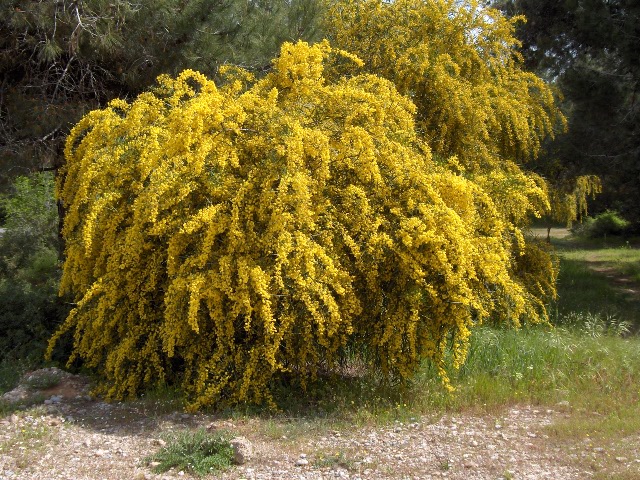For centuries, humans have either inadvertently — or intentionally — introduced alien species into new environments. Usually it’s been with the hope of alleviating a problem, but these acts often end up disrupting native ecosystems.
In Africa, invasive species are no less of a problem than elsewhere, and local ecosystems continue to struggle with the harmful threat that they pose. Here is a round up of 15 of the most harmful critters currently causing harm to habitats.
Sources: News.NationalGeographic.com, ENS-NewsWire.com, Wikipedia.org
1. Louisiana Crayfish
The tiny red Louisiana crayfish was introduced into Kenya’s Lake Naivasha in the 1970s after the regional native crayfish was wiped out by disease. Shortly afterwards, it became an uncontrollable problem throughout Kenya and South Africa, where its ability to adapt its diet based on whatever was available reduced the population of fish and caused several aquatic plant species to disappear.
2. Argentine Ant
This South American ant was inadvertently introduced in South Africa where it displaced native ant populations, subsequently threatening local ecosystems. Native plants that depended on native ants for seed dispersal suffered, and lizard populations declined as their food sources become scarcer. The Argentine ant has also helped plant parasites grow, causing damage to crops across South Africa. The scariest part? Spraying these guys with pesticides can actually stimulate egg production in the queens, exacerbating the problem.
3. Mirror Carp
Introduced to fish farms for food more than 200 years ago in Africa, the mirror carp preys on local fish and invertebrates, displacing local populations. Females are capable of laying up to one million eggs at a time, and their enormous reproductive power makes it easy for them to escape the farms and populate lakes and streams.
4. House Mouse
The house mouse has become a pest throughout Africa, but is especially brutal in South Africa. Killing native insects and lizards, house mice are also responsible for reducing native bird populations. On Marion Island — one of two small islands in the sub-Antarctic Indian Ocean that are part of South Africa — the lesser sheathbill (a wading bird) has become particularly threatened as house mice have begun to out-compete it for food.
5. South American Water Hyacinth
The South American water hyacinth grows extremely rapidly and has become one of the worst aquatic weeds in South Africa. Its quick growth can block waterways and crowd out other plants and wildlife. Populations of the pesky plants can double in just 12 days.
6. Red-eared Slider
The red-eared slider is one of the most popular pets in North America, but became a troublesome pest throughout sub-Saharan Africa after its introduction several decades ago. With a low age of maturity and large size, red-eared sliders have advantages over local turtle species in basking and nesting, while continuing to threaten local populations by transmitting different diseases.
7. Common Myna
Native to India, common mynas escaped into the wild in South Africa in 1902, and the species has grown at a rapid rate ever since. Due to a strong territorial instinct and a preference for living close to human populations, the common myna is an enormous urban pest and is known to kick other birds out of their nests in the cities where they predominantly inhabit.
8. Tiger Mosquito
The black-and-white-striped tiger mosquito made its way to Africa from Southeast Asia by hitchhiking on goods and humans being transported over international borders. It quickly overtook other species by adapting to the new environment. It is a carrier of a variety of diseases and parasites including yellow fever, dengue fever, and chikungunya fever.
9. Quilted Melania
The quilted melania, a freshwater snail native to Southeast Asia, is a particularly troublesome transplant to South Africa’s KwaZulu-Natal province, and has recently been found in Mozambique, Zimbabwe, and beyond. Introduced in 1996, the quilted melania colonizes water reservoirs, where it disrupts dams, and blocks water pipes and other equipment.
10. Giant Sensitive Tree
While it’s actually a thicket, the giant sensitive tree forms dense, impenetrable walls in wet areas throughout sub-Saharan Africa, crowding out other species. With the ability to germinate year-round and grow extremely rapidly, the giant sensitive tree transforms from flower bud to ripe seed in just five weeks. Mostly native to South America, it has become a serious weed problem in Africa.
11. Lantana
A member of the Verbena family, lantana has spread across wide portions of Africa. The berries are poisonous and cause untold damage to livestock in South Africa alone. Like other invasive plant species, it competes with and replaces indigenous plants, and reduces the grazing potential of the land as well as reduces the biodiversity of the natural ecosystems.
12. Famine Weed
An inconspicuous daisy-like plant from South America, this has the potential to invade most of Africa. It is already wreaking havoc across northern KwaZulu-Natal, and poses a serious threat to stock and game animals alike. Famine weed spread into South Africa a mere three years ago, but already poses a huge threat.
13. Prickly Pear
The Prickly Pear cactus originally hails from South America, but has been introduced in many parts of the world. It is now a serious problem in Kenya, as it reduces the possibly of grazing for the cattle and out-competes native plants.
14. Nile Perch
Sometimes it is harder to weigh the pros and cons of an invasive species. Yes, the predator Nile Perch (introduced deliberately into Lake Victoria some time in the 1950s) has had a dramatic impact on the native cichlids of Kenya, but it has also saved other native fish from being overfished, as fishermen now catch the perch instead. The Nile perch has also formed a booming export market.
15. Acacia (wattles)
There are numerous types of acacias now found throughout Africa, not just the native species but also the new arrivals from Australia. Acacias are useful in that they can be used to battle erosion, and are fast-growing and coppice well thereby providing a good and renewable source of firewood. Some forms of acacia can even be used as food or as a coffee substitute. But these reasons for its usefulness aare the reasons that it is listed as an invasive species. It succeeds too well, and at the expense of native fauna. In South Africa, it proliferated at an incredible rate, displacing native species and changing the fauna structure through its ability to withstand and seed over a wide area after fires. Acacia saligna is now being brought under control in the Cape, where it was listed as an alien invasive species.
Want to discover the finer side of Africa? Sign up for our weekly newsletter.
